Modular racking system expedites delivery
Bionic design and anisotropic elements enable this modular racking system concept to fulfill last-mile delivery goals.
Design results:
- Bionic design leads to shell-like variation in topology and thickness.
- FEA and virtual product development reduce prototyping iterations to zero.
- Composite anisotropy optimizes performance and weight for maximum cargo capacity.
Drones might be the parcel delivery technology that captures the public’s imagination, but to engineers, what might prove more captivating is the composites technology that helps move a package from the distribution center to the drone launching point. At least, this is how CIKONI (Stuttgart, Germany) co-founder Dr. Farbod Nezami describes his consulting firm’s goal for its lightweight designs.
An engineering venture that specializes in innovative, lightweight and composite solutions, CIKONI was enlisted by Mercedes-Benz Vans (Stuttgart, Germany) to design the racking system and shelves for a concept delivery vehicle, the Vision Van. On this and other projects, Nezami sets expectations high: “Our main goal is to engineer lightweight products that fascinate people. This may be due to an advanced engineering approach, the design or innovative manufacturing principles. We think that composites have to be more than just lightweight materials. We have to take all the fascinating freedoms of composite design into account.”
Leveraging the design freedom of composites to minimize weight while meeting all functional requirements for the racking system took CIKONI far afield from quasi-isotropic “black metal” designs. It also led to a combination of materials and material forms, as well as manufacturing and integration techniques, that pushed the state of the art in design for manufacture.
The Vision Van concept vehicle embodies new thinking about how parcels are delivered — especially in the “last mile” of urban deliveries, where traffic congestion and parking are chronic obstacles to efficiency. Revealed at IAA Commercial Vehicles 2016 (Sept. 26-29, Hanover, Germany) and at the 2017 Consumer Electronics Show (Jan. 5-8, Las Vegas, NV, US), the Vision Van automates loading and final delivery of packages through its cargo space management system, for which CIKONI’s modular racking system is the structural component. Each rack can hold up to 115 parcels. The van also features two package-delivery drones, which are stationed on the van’s roof and robotically loaded from below via trap doors in the ceiling. (Drone delivery has prompted some to call the Vision Van a “drone mothership.”) By reducing the time each delivery requires, this technology significantly increases the output of each vehicle.
Designing for one-shot loading
“One-shot loading” — that is, robotically sliding the shelving system (which has been robotically loaded with parcels) into the van in one action — is arguably one of the critical features of the Vision Van, because it alone is expected to significantly cut operator time and costs at the distribution center. Yet the fully loaded racking system must maintain its structural integrity not only during the loading procedure but also during transport, while stressed by maximum acceleration and braking, and must provide noise attenuation, essential to operator comfort and safety.
Parcels are robotically loaded onto the racking system in composite “load carriers,” or trays (see inset photo), which CIKONI also engineered to accommodate strict functional and aesthetic requirements. The trays must meet low friction requirements during loading and release from the racking system. They also must be reliably secured in place on the rack. Onboard the van, an automated system picks the appropriate parcel for delivery. As with any shipping conveyance, the Vision Van requires efficient use of cargo space to maximize delivery output. The CIKONI design team was challenged to find the optimal combination of racking system volume and weight, while also imparting good aesthetics to the structure.
Bionic design and virtual development
To address the challenge of meeting performance and aesthetic goals, Nezami reports, CIKONI also involved industrial designers and artists during the conceptual design phase. Brainstorming led this team to envision “drones flying from the forest.” That is, they used the bionic design principles of generative tree growth. On this basis, they created a bionic generic algorithm, which produced an initial rack design derived from the form of a tree. (Later designs diverged to more geometric forms to accommodate manufacturing and performance requirements.) The bionic approach develops designs from lightweight, multifunctional structures found in nature. Biomimicry not only helps engineers to maximize weight savings, but it also reduces development time (see Bionic design: The future of lightweight structures).
Using bionic design, engineers analyze critical load paths and optimize topology. As a result, bionic designs typically exploit the anisotropic nature of composite materials. For example, Nezami illustrates, the fiber orientation of the rack shells is aligned with the acting load curves. “The shells are optimized in their topology and also differ at almost every area in thickness,” he explains. “It is comparable to a shell in biology where form and strength follow function and are optimized in countless ways.”
CIKONI engineers next created a complex numerical optimization model to help find feasible design solutions in the limited development time available. Using infinite element analysis (FEA) with these models, CIKONI carried out performance simulations to predict mechanical behavior, including deformations under external loading or crash events. This virtual analysis and testing reduces the iterations required in the prototyping phase of development, points out CIKONI co-founder and head of simulation Jan-Philipp Fuhr. “The rack design is subject to a mix of static, dynamic and impact load models. ese load cases were reexamined and estimated in a sound manner. Engineering analysis was put as first priority to maximize the lightweight potential of the structure.”
CIKONI also analyzed the supporting metallic structure, built by another supplier, to generate topology and size optimization. But the analysis of composites structures presents the greater challenge because of composite materials’ anisotropic behavior, as well as differences created by material composition, reinforcement type and so on. Likewise, effects of manufacturing techniques on properties such as variation from nominal fiber orientation must be taken into account. “The predictive capability of composites simulation is strongly dependent on the validity of the applied numerical models,” Fuhr notes. This area of expertise is central to CIKONI’s engineering efforts. Digital prototyping included draping simulation; anisotropic part and laminate optimization for the bionic lightweight design; and crash simulation to estimate structural deformation and energy absorption.
Design for manufacture also played a key role. Fuhr notes that the multi-material structure includes diverse composite fabrication solutions, ranging from prepreg layup to lament winding and hot forming. Metal forming and bending also had to be taken into account. CIKONI used its in-house analysis software tools to assess manufacturability, process selection and data handling. “These tools proved to be flexible enough for fast assessments and reliable enough to address common issues in composite manufacturing methodologies,” Fuhr reports.
Anisotropic, multi-material solution
The finished design features an intelligent material mix of carbon/ epoxy and aluminum. The rack shells comprise carbon fiber/ epoxy walls with a hollow core, using a common automotive “double shell” design approach in which walls are fabricated in mirror halves and then bonded together. Truss stiffeners are lament wound and attached to the rack structure with aluminum fasteners. Container tray supports are integrally manufactured, hot-formed carbon fiber/PTFE that incorporates a galvanized rubber layer for noise damping. Also integrally fabricated are the tray stops, of carbon fiber/epoxy laminate and a galvanized rubber layer.
Load carrier trays consist of metal handles and otherwise carbon fiber/epoxy walls with topology optimized to supply needed stiffness, strength and impact/crash resistance while minimizing weight. The tray floors are also hollow “double shell” structures of carbon fiber/epoxy. Small tabs of PTFE on the tray edges keep friction low when the carriers are loaded or released from the rack. A mechanized aluminum square-toothed bracket on the racking system’s front side locks and unlocks the load carriers.
Truss stiffeners are lament wound on CIKONI’s proprietary complex 3D lament winding equipment. is advanced lament winding technology enables the company to maximize component. The efficiency — that is, minimize material use and optimize load handling capability — by optimizing geometry, lament deposit path and lament spread.
The mix of lament winding, hand layup, hot forming and other manufacturing technologies was “utilized to maximize performance and design freedom,” Nezami mentions, but he adds that it required CIKONI to organize and manage a group of partner companies to ensure manufacturing success. “Our wide network in Germany and abroad helped us to find the right partners,” he recalls. “They were able to make our design come to reality in a minimum timeframe with maximum quality.” Ultimately, UBC GmbH (Murr, Germany) was contracted to fabricate the rack shells. Hermann Blechtechnik (Schorndorf, Germany) produced the racking system’s metal components.
Final delivery of the assembled shelves and carriers, ready to be pushed into the Vision Van, occurred on time and on budget. The short delivery timetable of 6 months from white paper to full assembly, Nezami believes, brought out the best in the CIKONI team. “The creativity, performance and mutual respect of a highly motivated young team with a start-up mentality allowed us to gain an optimal solution in a short period of time and realize a ‘first time right’ solution.”
As a concept vehicle, the Vision Van won’t find its way to commercial status, but many of the technologies it showcases will. CIKONI’s automated rack system is expected to be part of a pilot program in the not-too-distant future. The company is investigating design transfer to a low-cost glass fiber RTM version with its partners.
Related Content
Materials & Processes: Fibers for composites
The structural properties of composite materials are derived primarily from the fiber reinforcement. Fiber types, their manufacture, their uses and the end-market applications in which they find most use are described.
Read MoreCryo-compressed hydrogen, the best solution for storage and refueling stations?
Cryomotive’s CRYOGAS solution claims the highest storage density, lowest refueling cost and widest operating range without H2 losses while using one-fifth the carbon fiber required in compressed gas tanks.
Read MorePrice, performance, protection: EV battery enclosures, Part 1
Composite technologies are growing in use as suppliers continue efforts to meet more demanding requirements for EV battery enclosures.
Read MoreThe lessons behind OceanGate
Carbon fiber composites faced much criticism in the wake of the OceanGate submersible accident. CW’s publisher Jeff Sloan explains that it’s not that simple.
Read MoreRead Next
Composites end markets: Energy (2024)
Composites are used widely in oil/gas, wind and other renewable energy applications. Despite market challenges, growth potential and innovation for composites continue.
Read MoreCW’s 2024 Top Shops survey offers new approach to benchmarking
Respondents that complete the survey by April 30, 2024, have the chance to be recognized as an honoree.
Read MoreFrom the CW Archives: The tale of the thermoplastic cryotank
In 2006, guest columnist Bob Hartunian related the story of his efforts two decades prior, while at McDonnell Douglas, to develop a thermoplastic composite crytank for hydrogen storage. He learned a lot of lessons.
Read More

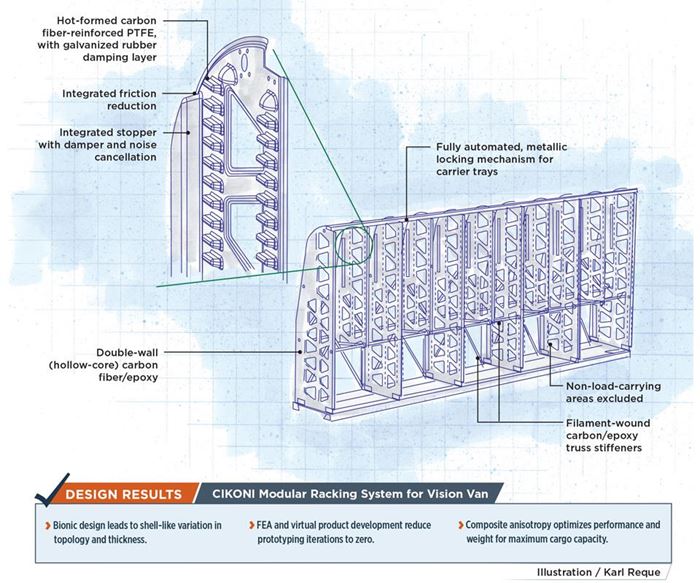
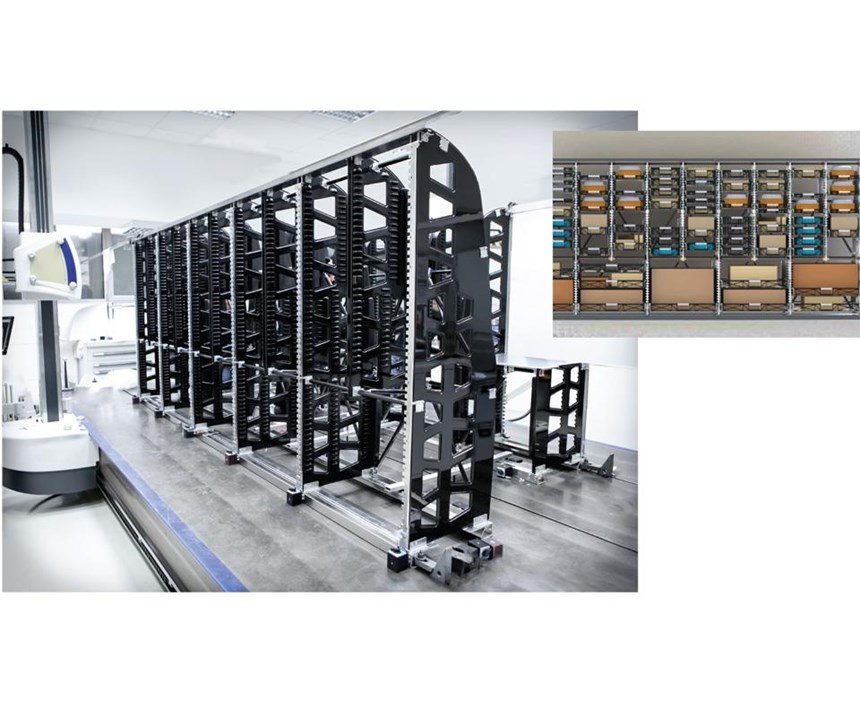
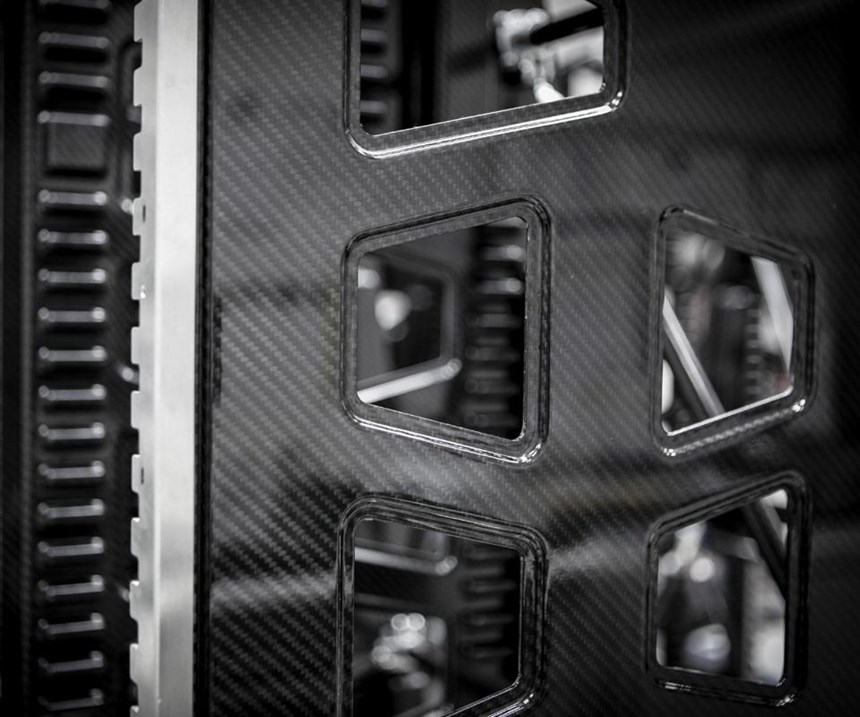
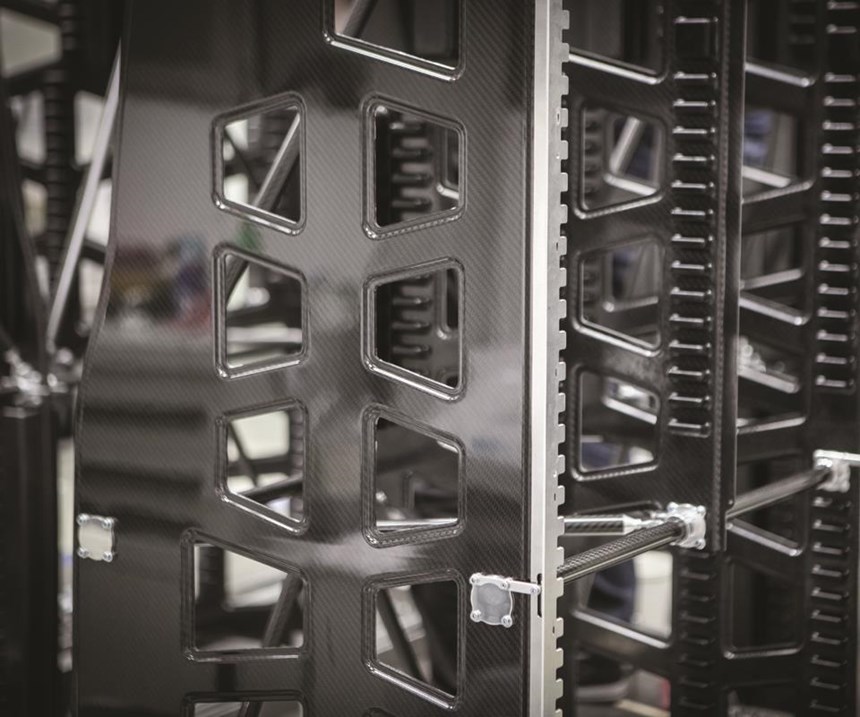
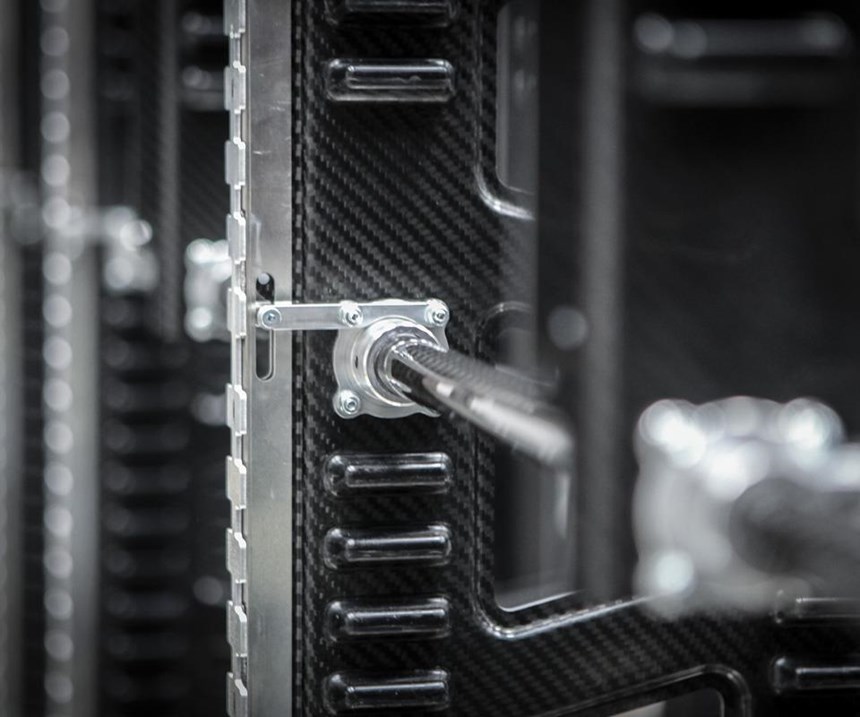












.jpg;maxWidth=300;quality=90)
















